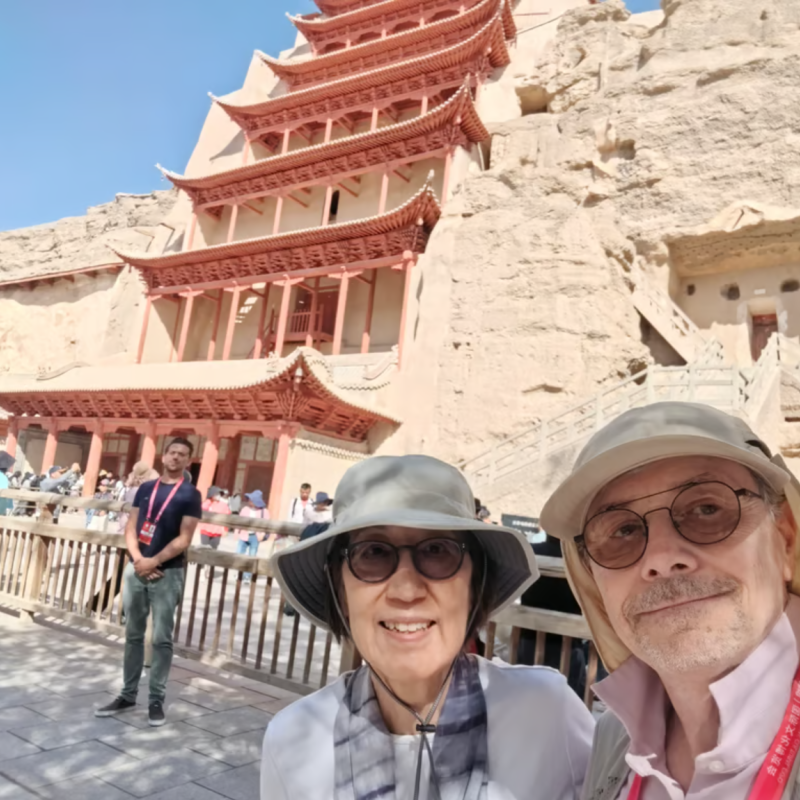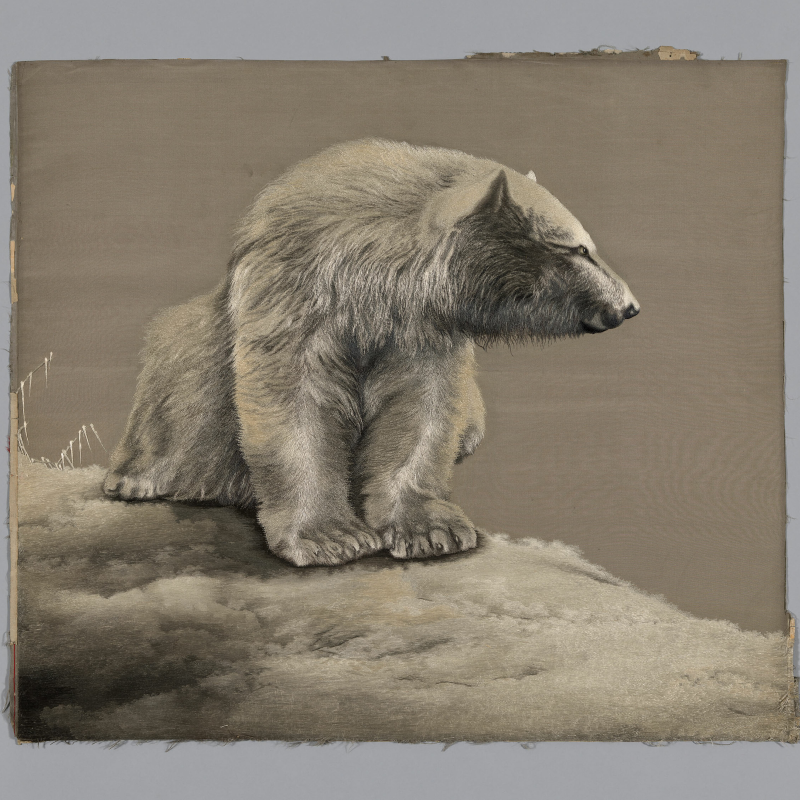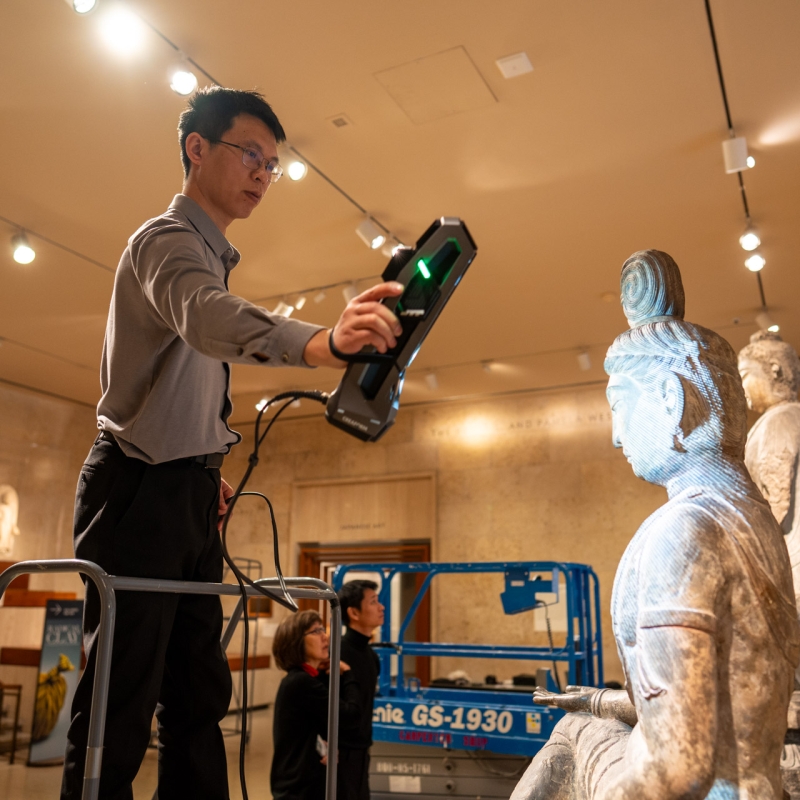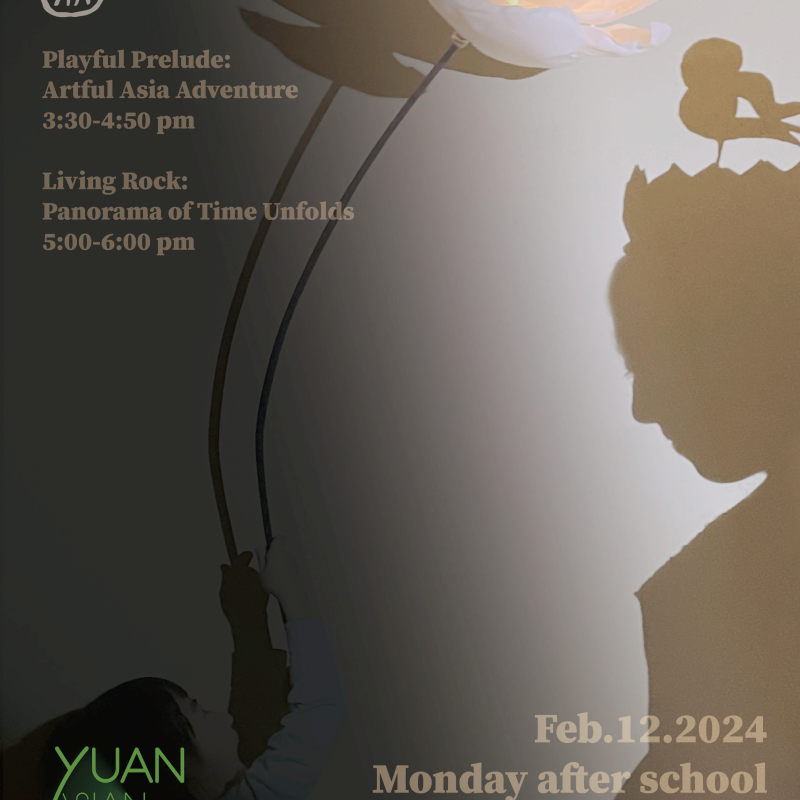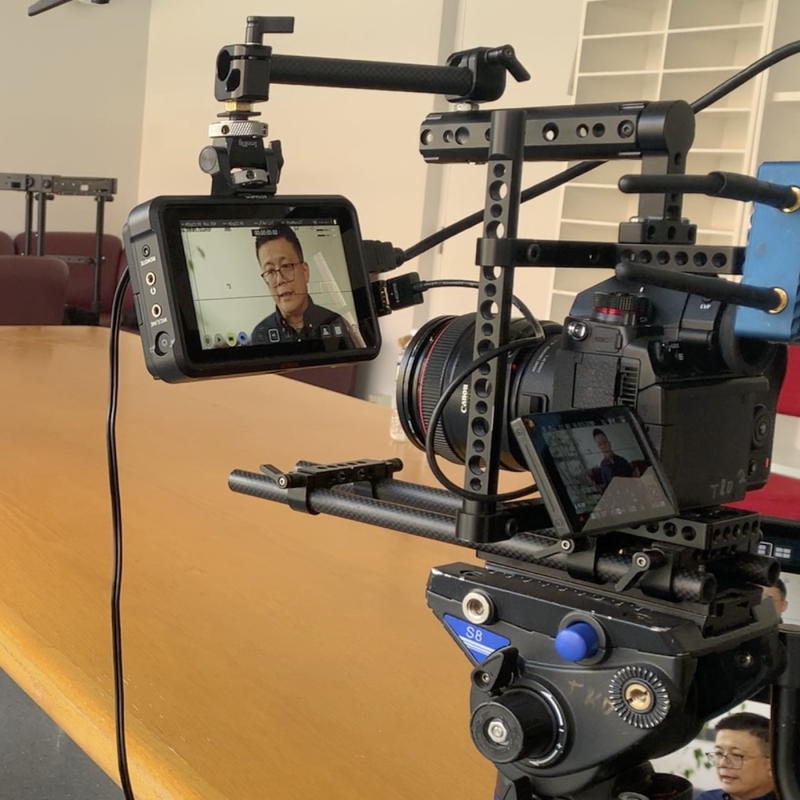Writing by Minori Egashira on Exhibition Meiji Modern co-curated by Chelsea Foxwell
September 12, 2023
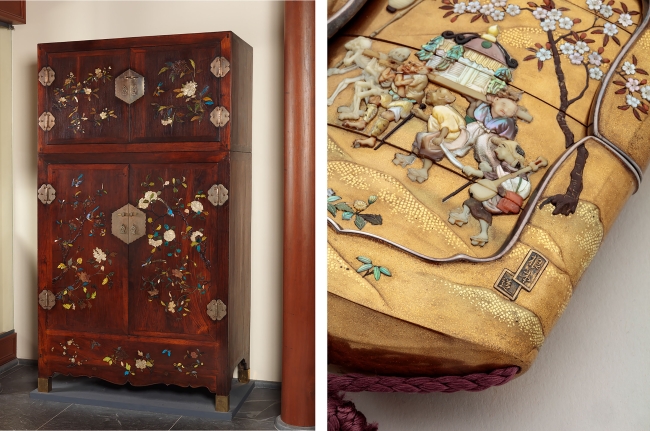
Curated by Dr. Chelsea H. Foxwell (Associate Professor of Art History, East Asian Languages and Civilizations, the College at the University of Chicago, Director of the Center for East Asian Studies, and Steering Committee member of Center for the Art of East Asia) and Dr. Bradley M. Bailey (current Ting Tsung and Wei Fong Chao curator of Asian art at the Museum of Fine Arts, Houston), this exhibition will be on view at:
The Asia Society Museum in New York City (3 Oct 2023 – 7 Jan 2024),
The David and Alfred Smart Museum of Art in Chicago (21 Mar 2024 – 9 Jun 2024),
The Museum of Fine Arts, Houston in Texas (7 Jul 2024 – 15 Sep 2024).
This fall, Ph.D. candidate Minori Egashira published an article on Autumn 2023 issue of Arts of Asia magazine. In this article Ms. Egashira highlights various objects spotlighted at the traveling exhibition Meiji Modern: Fifty Years of New Japan. With a strong emphasis on the Museum of Fine Arts, Houston’s Japanese collection, the article encourages the audience to rethink Japanese modernity through Meiji-period (1868 – 1912) artworks. More specifically, it endeavors to question the overly Eurocentric narrative of Meiji aesthetics by emphasizing the multicultural and experimental characteristics of Japanese artworks of the late 1800s – early 1900s. Ms. Egashira kindly created the below supplement to the Art of Asia magazine article MEIJI MODERN: Globalisation and Experimentation in Modern Japanese Art for our CAEA website.
———————————————————————
Here, I would like to further observe Nemoto’s 根本 (active in the Meiji period) inrō 印露 (traditional Japanese case, typically suspended from obi sashes) Seal Case with Skeleton Procession Design (figure 1), focusing on its East-Asian roots rather than its European narrative. While inrō are often thought of as Japanese export art popular to the Euro-Americas, as discussed in the article, it draws from “craftsmanship adapted from lacquering techniques developed in the Edo period (1603 – 1868) while also drawing on Ming dynasty (1368 – 1644) motifs.”[1] Regarding the Seal Case with Skeleton Procession Design, implementing religious motifs and more traditionally East-Asian landscapes, it is presumed that this typical masterpiece is an exemplary object consumed by the domestic public.[2] Moreover, one can dig even deeper into the inrō’s globality by deepening their understanding of the Shibayama lacquering technique. The Shibayama style is said to be an incorporation of the Edo-period Haritsu-zaiku 破笠細工 style invented by Ogawa Haritsu 小川破笠 (alt. Ritsuō, 1663 – 1747), as well as imported techniques recorded in famed Ming-dynasty pictorial manuscripts Fangshi mopu 方氏墨譜 (eng. Fang's Collection of Inkcake Designs) and Chengshi moyuan 程氏墨苑 (eng. The Ink Garden of the Cheng Family). Haritsu-zaiku also has an even deeper connection with Chinese aesthetics as it is also inspired by the multi-material crafts technique baibaoqian 百宝嵌 (lit. one-hundred treasure inlay), which dates to the Tang dynasty (618 – 907).[3] Perhaps one example that uses such a technique is the Ming-dynasty Wardrobe (figure 2), now owned by the Metropolitan Museum of Art in New York City.
Yet, again, simply emphasizing the Shibayama technique’s heavy influence from Ming-dynasty aesthetics may give the audience the impression of inrō as derivative art, which often colors the lenses when viewing artworks of the Meiji period. To this, Bailey discusses the difficulty in copying Haritsu’s technique, even by Japanese artists during this time. Explicitly, he discusses that even eminent lacquer painter Shibata Zeshin 柴田是真 (1807 – 1891) struggled to copy Ogawa’s original designs and meticulous craftsmanship.[4] The inrō presents local innovations mixed with international artistic influences, pointing to the importance of acknowledging the balance of domestic innovations and international influence when discussing Meiji art.
In a similar vein, the strong Western-centric narrative of Meiji artworks is perhaps further enforced by the oversimplified narrative of the sakoku 鎖国 edict (isolationist foreign policy of the Japanese Tokugawa shogunate) taught in academics, even at the university level. It portrays the incorrect notion that there were no interactions between Japan and the outside world and implies that the innovations of artwork during this time was instigated mainly by newly imported Euro-American influences in the advent of the country’s “opening.” Furthermore, it is also a common belief to disregard such objects as ineffective copies of Western art as they are often not direct copies of Western techniques and taste. Such tension felt when looking at Meiji artworks could be explained by other non-Western influences mixed with domestic and Euro-American characteristics. While recent publications work to rectify this common restrictive narrative, it is still largely unclear that, in truth, Japan had rich communications with foreign countries, especially with Korea and China.[5]
Through a close examination of the artworks from both the Meiji Modern exhibition and the Museum of Fine Arts, Houston’s Japanese collection, the article strives to focus on the global characteristics of Japanese art from the late 1800s to the early 1900s. While Meiji artworks were indeed influenced by Euro-American aesthetics and the art market, it is a misconception that it is the only reason for their artistic innovations. Nemoto’s Seal Case with Skeleton Procession Design (figure 1) is one example of the ample artworks on view at the Meiji Modern exhibition. If one has an opportunity to do so, viewing the objects in person might provide further real-life examples of such international and novel characteristics of Meiji art, enriching their present narrative on the Meiji period.
Figure 1. Nemoto (active Meiji period) Seal Case with Skeleton Procession Design, circa, 1890, Shibayama style kinji gold lacquer with encrustation of nacre, tortoiseshell, ivory, coral, horn, silver mounts and gilt signature plaque, 11.9 x 7.4 cm. Private collection, New York City. Photograph by Richard P. Goodbody.
Figure 2. Wardrobe, late 16th or early 17th century, Wood with inlay of mother-of-pearl, amber, glass, ivory, and other materials, 285.8 cm (H) x 158.4 cm (W) x 82.6 cm (D). The Metropolitan Museum of Art, New York, Gift of Mrs. Albert H. Wiggin, 1951, 51.100.2a–f. https://www.metmuseum.org/art/collection/search/56356.
Works Cited
Berliner, Nancy Zeng and Clunas, Craig. Beyond the Screen: Chinese Furniture of the 16th and 17th Centuries. United States: Museum of Fine Arts, 1996.
Bailey, Bradley M,. “On Industry and Industriousness: The Fine Art of Meiji-Period Technique.” In Chelsea Foxwell and Bradley Bailey. Meiji Modern: Fifty Years of New Japan. Exhibition catalogue. New Haven and London: Yale University Press, 2023: 28–43.
Earle, Joe. Splendors of Imperial Japan: Arts of the Meiji Period from the Khalili Collection. Exhibition catalogue. London: Khalili Family Trust, 2002.
Egashira, Minori. “Meiji Modern: Globalization and Experimentation in Modern Japanese Art.” Arts of Asia, Autumn 2023, 71–83.
Foxwell, Chelsea H. and Bailey, Bradley M,. Meiji Modern: Fifty Years of New Japan. Exhibition catalogue. New Haven and London: Yale University Press, 2023.
Numata Hideko 沼田英子. “Kaikō-chi no yushutsu kōgei: Shibayama-zaiku 開港地の輸出工芸: 柴山細工 (Production of Export Crafts at Open Ports, in the Late 19th Century Japan, in the case Shibayama Ware)” Japonisumu kenkyū 35 (2015): 77-84.
Toby, Ronald P,. State and Diplomacy in Early Modern Japan: Asia in the Development of the Tokugawa Bakufu. United States: Stanford University Press, 1991.
[1] I was unable to elaborate in the Arts of Asia article and would like to discuss the inro in more detail here. Minori Egashira, “Meiji Modern: Globalisation and Experimentation in Modern Japanese Art,” Arts of Asia, autumn 2023, 72.
[2] Joe Earle, Splendors of Imperial Japan, exh. catalog (London: Khalili Family Trust, 2002), 187. Cheslea H. Foxwel and Bradley M. Bailey, Meiji Modern: Fifty Years of New Japan, exh. catalog (New Haven and London: Yale University Press, 2023), 186.
[3] Hideko Numata, “Kaikō-chi no yushutsu kōgei: Shibayama-zaiku,” Japonisumu kenkyū 35 (2015), 79. Nancy Zeng Berliner and Craig Clunas, Beyond the Screen Chinese Furniture of the 16th and 17th Centuries (United States: Museum of Fine Arts, 1996), 109.
[4] Bradley M. Bailey. “On Industry and Industriousness: The Fine Art of Meiji-Period Technique,” in Chelsea Foxwell and Bradley Bailey, Meiji Modern: Fifty Years of New Japan, exh. catalog (New Haven and London: Yale University Press, 2023: 28–43), 36.
[5] For more information, please refer to scholarship like Ronald P. Toby’s State and Diplomacy in Early Modern Japan Asia in the Development of the Tokugawa Bakufu (1991). Ronald P. Toby, State and Diplomacy in Early Modern Japan Asia in the Development of the Tokugawa Bakufu (United States: Stanford University Press, 1991).

